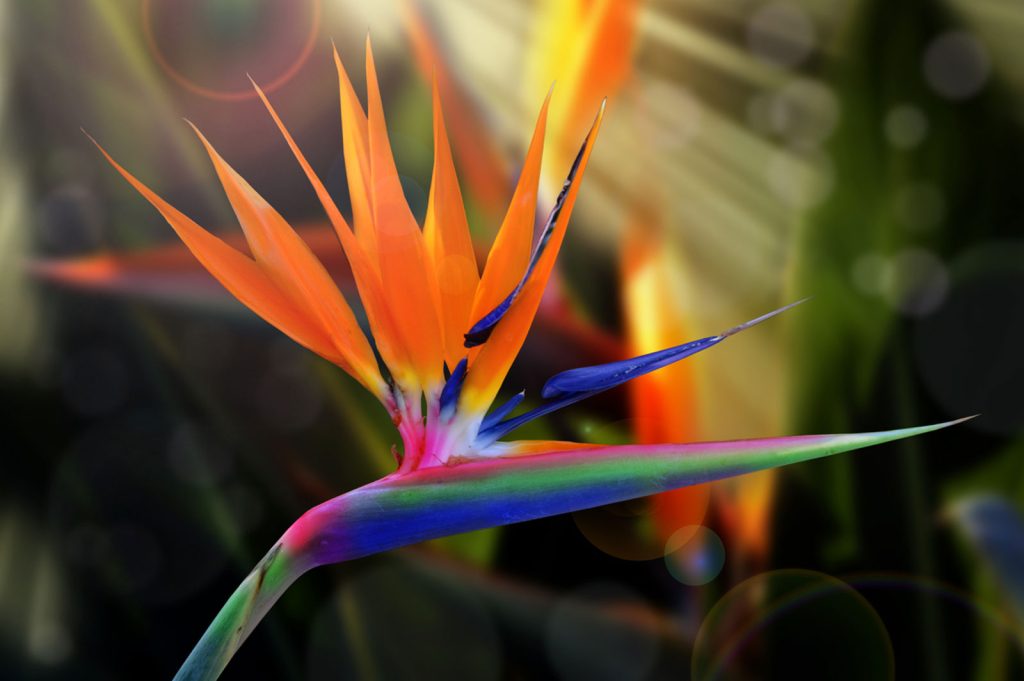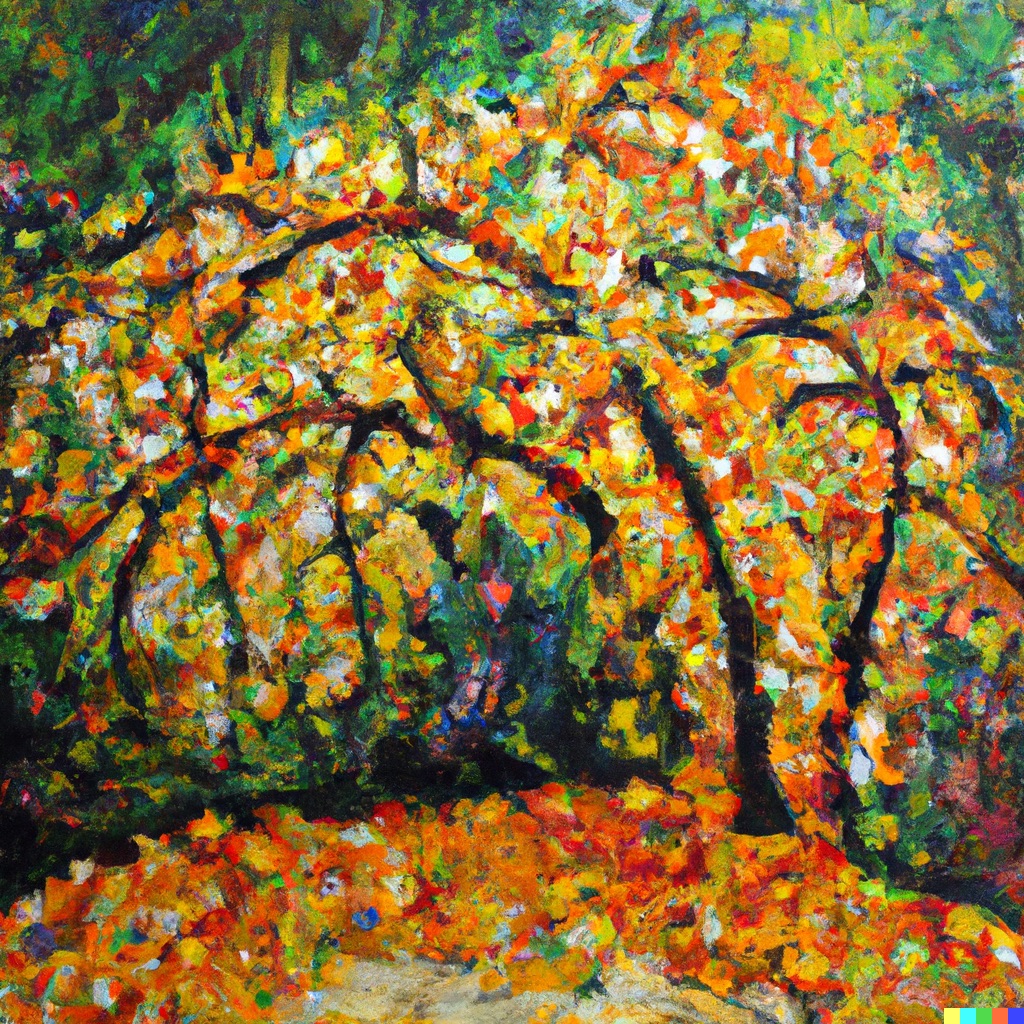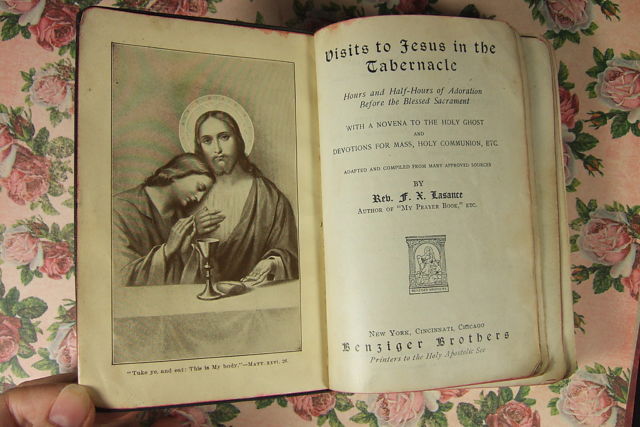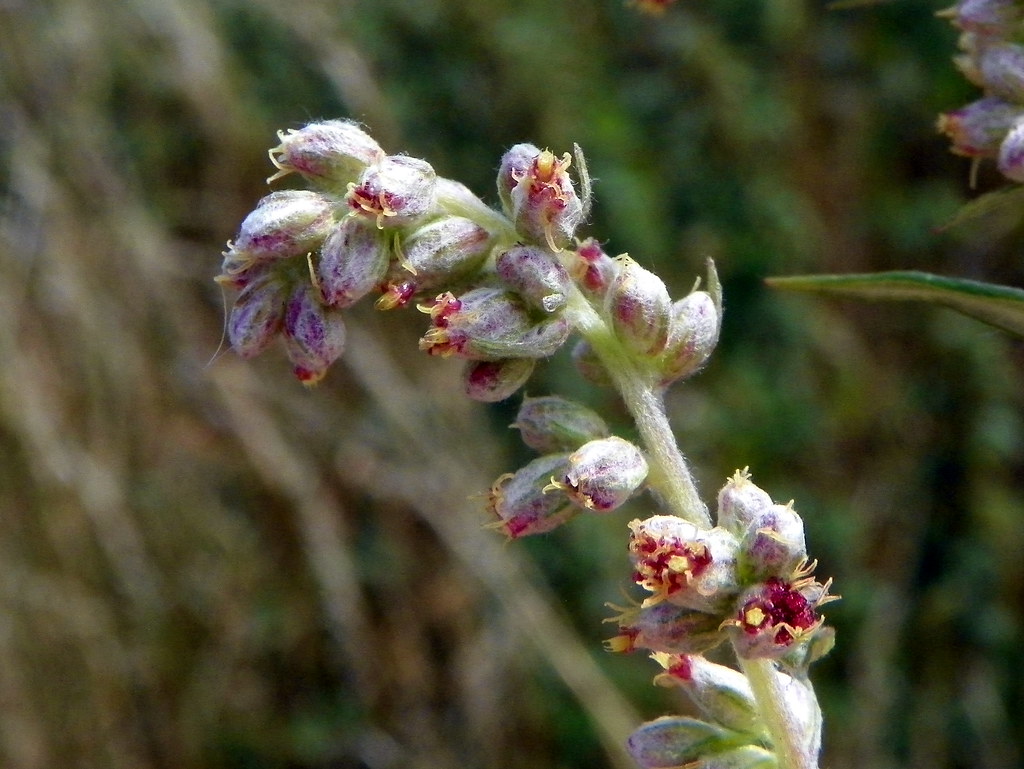Dancing with Animals
Feature Image: River Murray, South Australia
A few years ago, I participated in a transformative writing for emergence course. Through it, I realised that the troubling sense of disconnection I had been feeling was from both a loss of my culture, and a lack of a relationship with the Earth itself. The Western worldview in which I grew up taught me that other lifeforms are not alive in the special way humans are. This belief prevented me from considering other lifeforms as worthy of being in relation with, and from forming the intricate systems of relationship that many indigenous cultures retain. I now believe this loss of an Earth identity is why we are able to wantonly destroy so much of our planet; it is something that needs to be rediscovered.
Recently, I embarked on a river healing journey, called Ringbalin, along the River Murray in South-East Australia. It was led by the Ngarrindjeri people whose traditional lands exist where this river empties into the Southern Ocean. The journey took us through several Indigenous Nations’ lands, and involved the building and strengthening of connections between Indigenous Nations, as well as allowed us non-indigenous people to learn and participate in acts of healing and connection through nightly ceremonies along the river.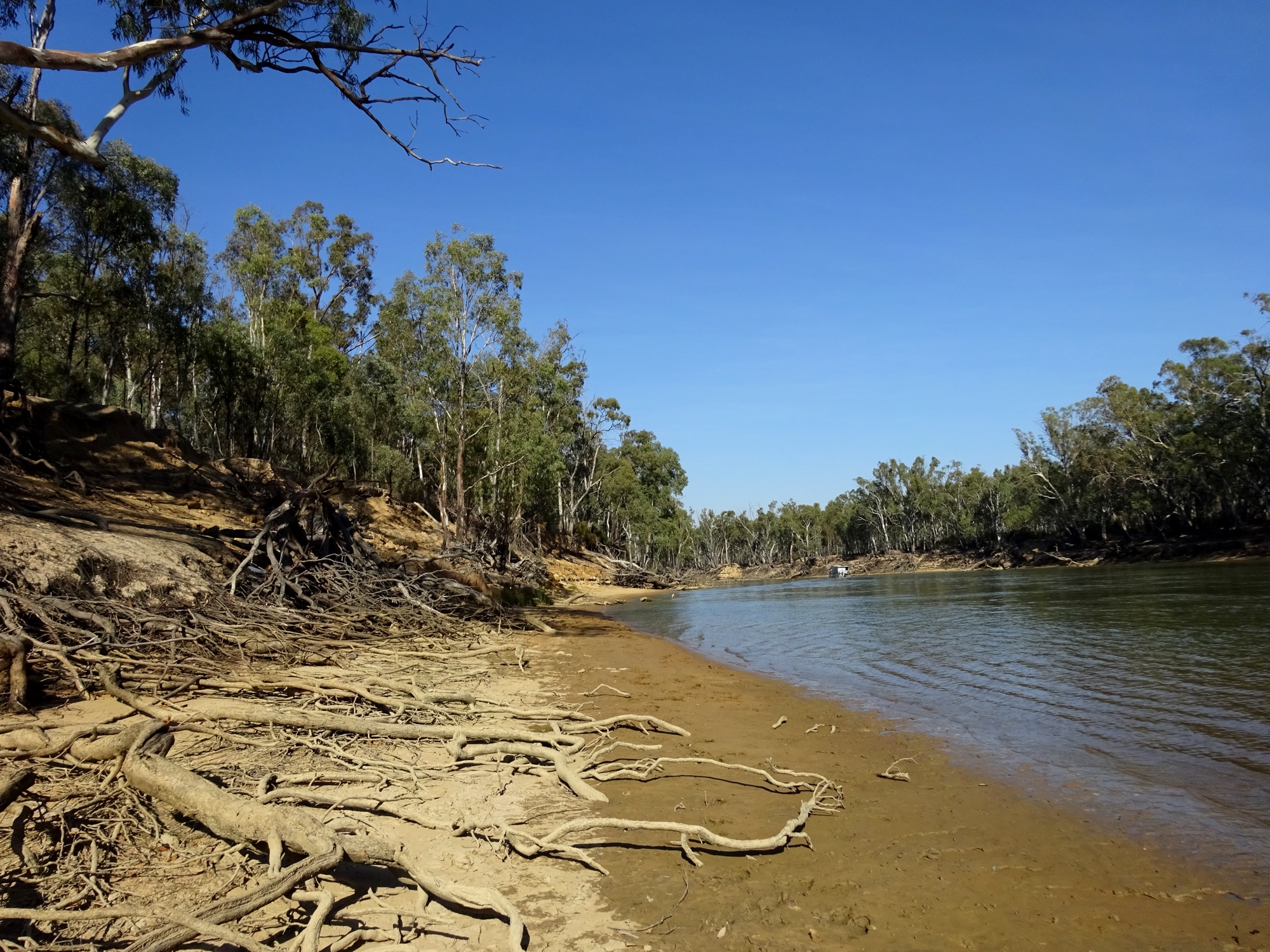
While the journey was incredible in many ways, a part of me wondered what good it is to be dancing while people continue to drain too much water from the river for agriculture and human settlements, and allow polluted water to flow back into it. Shouldn’t we be taking more direct action to stop this? What good is it to take years and years to build relationships while we know that right now the river is not running to the ocean? Surely we must be doing something big, like lobbying politicians or protesting en masse to ensure that ecological restoration begins immediately. It seemed too small until I reflected on how the journey affected me.
Each night, the ceremony began with all of the people present inviting their ancestors to witness what was taking place. I had never really thought about my ancestors. It wasn’t a term that was used in my Christian family. Recently, I have begun exploring Buddhism, particularly the writings of Thich Nhat Hanh, and have struggled with his reverence for ancestors. If anything, my recent ancestors were not people I respected. I saw them as the people who began the stripping away of their culture, which lead to me—a person who cannot even speak my language and doesn’t know my people’s stories and ceremonies. Yet, in participating in Ringbalin, I gained a sense of the importance of acknowledging where I come from and connecting what was to what is. I see that the present cannot be without the actions of the past and that the future emerges out of what we presently do. So, when future generations invite their ancestors into the ceremonial circle, I will be part of those ancestors being called forth. With that, comes a continuity and responsibility that its weightier than a life lived only for the individual now.
The ceremonial dances at Ringbalin were about the river ecosystem and the sustenance it provided. Ngarrindjeri elder Uncle Moogy spoke about how their culture considers creatures—the animals, birds, fish, and plants—as Naatchi, meaning their friends. In dancing, the Ngarrindjeri honour this connection. We were invited to join in the dances—to learn the hop of the Kangaroo, the bobbing strut of the Emu, the flight of the Kite Hawk, and the swimming motions of the Whale and a school of fish. In dancing, I felt a connection and empathy for these creatures that I had not felt before. It was as if, for a brief moment, I had slipped into their fur, feathers, or scales; even as I write this, the tug of connection re-emerges.
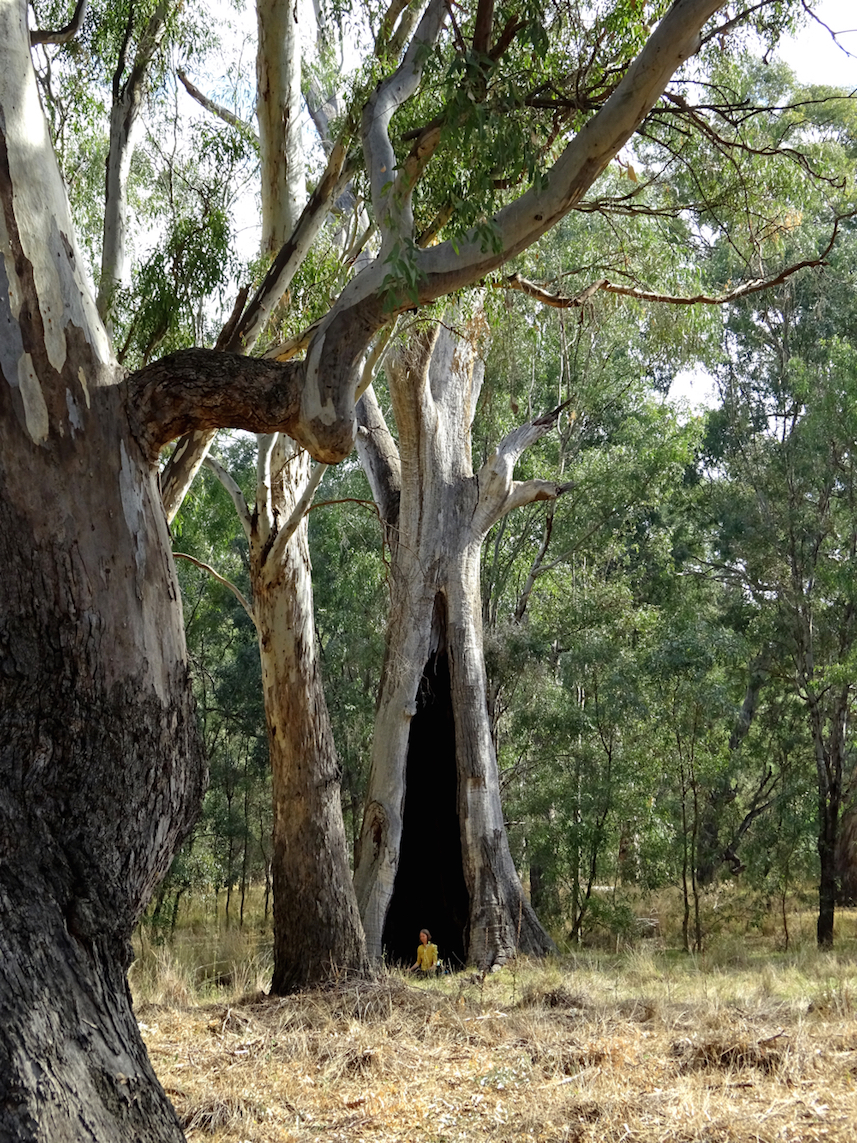 What we choose to recreate in stories, dance, and art says a lot about our culture. I wonder then what it is to be fully emerged in a belief system that creates these dances and honours them by performing them in their ceremonies. Indigenous Nations, in what is now Australia, track their movement across the landscape through songs of animals that crafted the contours and waterways, and remain embodied in the hills, plains, and rivers. From what little I have learned of their cultures, it is apparent that they have complex, finely tuned systems of respect and responsibility to each other, the land, and the seen and unseen creatures that live in it. This has allowed them to live for tens of thousands of years across the continent in a variety of ecosystems, from northern monsoonal areas to inland deserts and more temperate climates.
What we choose to recreate in stories, dance, and art says a lot about our culture. I wonder then what it is to be fully emerged in a belief system that creates these dances and honours them by performing them in their ceremonies. Indigenous Nations, in what is now Australia, track their movement across the landscape through songs of animals that crafted the contours and waterways, and remain embodied in the hills, plains, and rivers. From what little I have learned of their cultures, it is apparent that they have complex, finely tuned systems of respect and responsibility to each other, the land, and the seen and unseen creatures that live in it. This has allowed them to live for tens of thousands of years across the continent in a variety of ecosystems, from northern monsoonal areas to inland deserts and more temperate climates.
In the 200-odd years since Europeans invaded Australia, it has been dramatically altered. In this country and around the world, the dominant Western mindset has trapped us into a system that diminishes the Earth’s diversity through an ongoing attempt to force the land into being things it does not want to be. In all this, we have lost an understanding of the land and forgotten how to honour the embodied life that exists throughout. In thinking how the river healing journey affected me, I see that we need to learn to really sit with the land, to dance its creatures into life, or even to begin to acknowledge a connection to something non-human. Perhaps it is my ancestral connections, too, reminding me of this important need to situate ourselves again within our Earth and all it offers. From whatever source this knowledge comes, I know that having an Earth identity is necessary for us to create ways of being that allow humans and the rest of creation to flourish.



